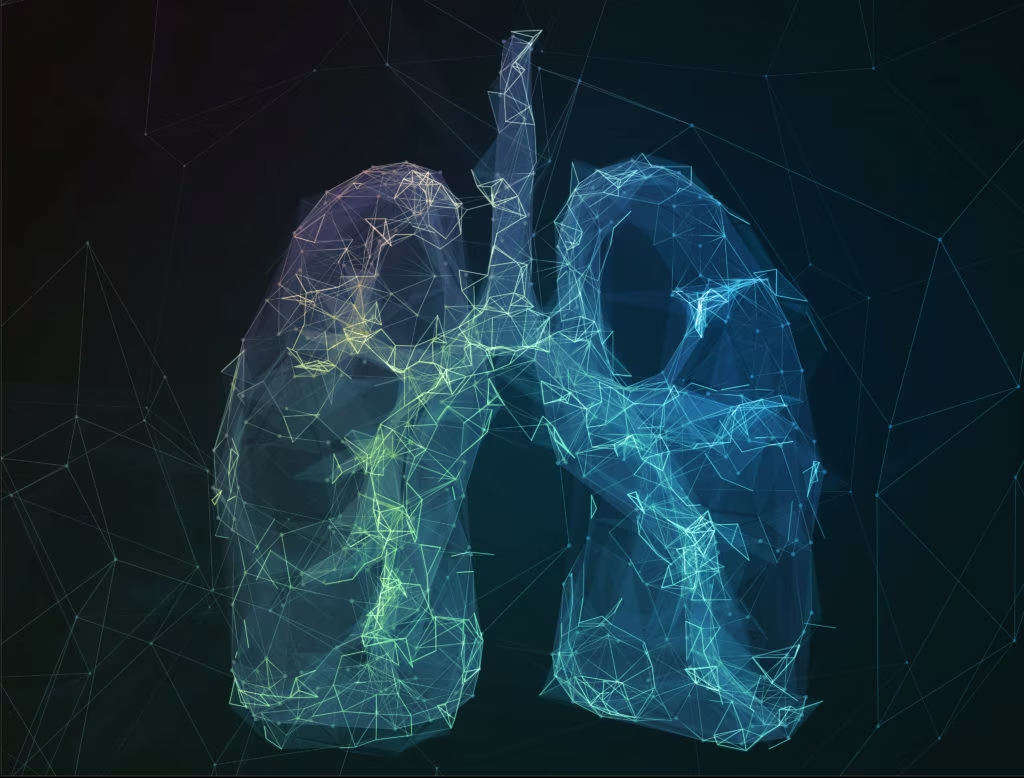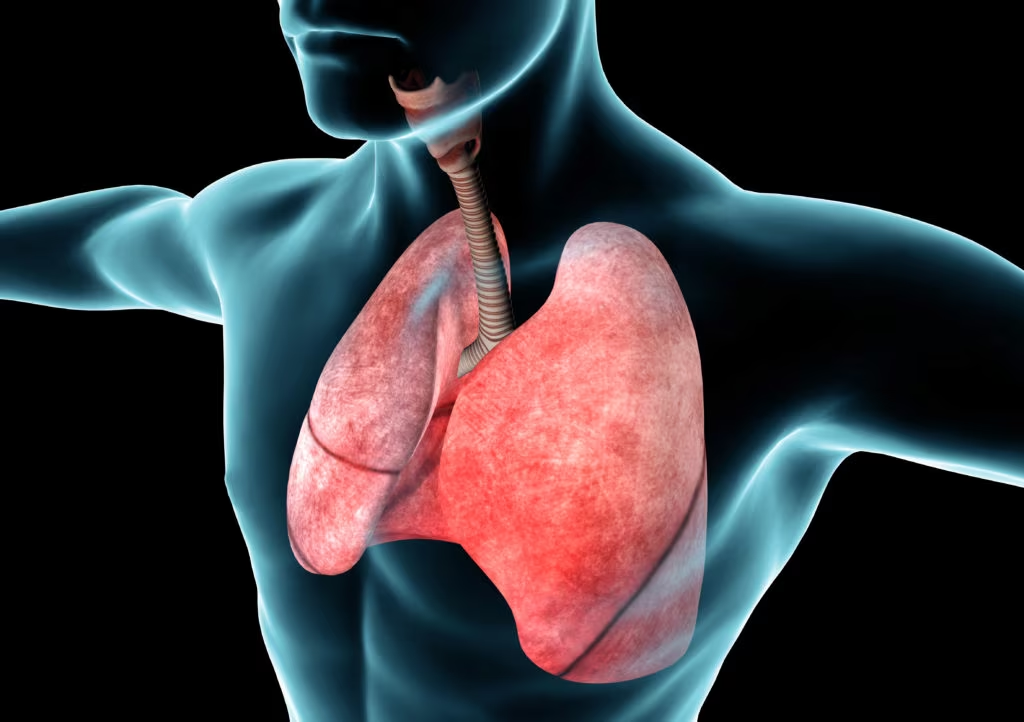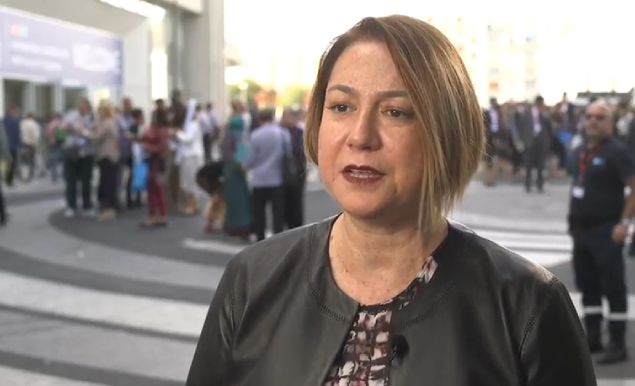Search Results
Showing Results for sleep-disordered breathing

Welcome to the latest edition of touchREVIEWS in Respiratory & Pulmonary Diseases. As we continually strive to deliver cutting-edge research and insightful commentary, this issue is no exception, featuring a diverse array of articles that illuminate both emerging treatments and ...

Paediatric sleep-disordered breathing Sleep-disordered breathing (SDB) is defined as the disruption of normal respiration and ventilation while asleep.1 SDB encompasses multiple sleep disturbances, ranging from mild snoring to obstructive sleep apnoea (OSA).1,2 OSA is characterized by episodic partial or complete ...

Obstructive sleep apnoea (OSA) is a widespread disorder that affects millions of individuals worldwide.1 It is characterized by repeated episodes of upper airway obstruction during sleep; these episodes can have several negative consequences, including daytime sleepiness, impaired quality of life ...

Obstructive sleep apnoea (OSA) is characterized by recurrent upper airway obstruction precipitating variable degrees of recurrent desaturations, sleep fragmentation and increased autonomic stimulation. As the global burden of obesity continues to rise, so too has the prevalence of OSA.1 Although ...

Paediatric sleep-disordered breathing (SDB) refers to a spectrum of respiratory disorders with intermittent upper-airway obstruction and sleep disruption in children.1 SDB spans primary snoring, upper-airway resistance syndrome, obstructive hypoventilation and obstructive sleep apnoea (OSA), listed in order of increasing severity ...

Primary ciliary dyskinesia (PCD), previously known as immotile cilia syndrome, is a rare genetic disease characterized by abnormal ciliary function due to defects in the structure and/or function of motile cilia, leading to recurrent and chronic infections of the ...

Sleep disturbances are exceedingly common and potentially morbid in patients with neuromuscular diseases (NMD).1 A constellation of physiologic changes occur in patients with NMDs which, in concert with normal physiologic changes during sleep, lead to decreased nocturnal ventilation that often ...

Sleep disordered breathing in children comprises a spectrum of abnormal breathing patterns associated with increased airflow resistance and sleep disruption. Sleep disordered breathing is categorized by severity into primary snoring, upper airway resistance syndrome, and obstructive sleep apnea (OSA). Pediatric ...

Obesity hypoventilation syndrome (OHS) is defined as daytime hypercapnia (awake resting PaCO2 of ≥45 mmHg) in the setting of obesity (body mass index [BMI] ≥30 kg/m2). Most, if not all, patients have some sleep disordered breathing in the form of obstructive ...

As we spend about a third of our lives sleeping, sleep has been linked to many health outcomes during the past few decades,1 such as cardiovascular2 and metabolic health, cognition,3 and even mortality.4 Sleep in pregnancy has also emerged as ...

Editorial board member and new Chair Elect of the Paediatric Respiratory Physiology and Sleep Section of the ERS Paediatric Assembly Refika Ersu (Marmara University, Istanbul, Turkey) chats to us about unmet needs and exciting advances in respiratory and sleep physiology ...

Highlights Neuromuscular diseases exhibit a complex array of respiratory physiologic changes that typically progress over time. These physiologic changes can promote significant respiratory abnormalities during sleep, leading to decreased quality of life, significant daytime symptoms, and overall worse survival. ...

The European Respiratory Society (ERS) taskforce on the diagnosis and management of obstructive sleep disordered breathing (SDB) in childhood, defined obstructive SDB as “a syndrome of upper airway dysfunction during sleep, characterised by snoring and/or increased respiratory effort secondary ...

Welcome to the latest edition of US Respiratory & Pulmonary Diseases, which features a diverse range of articles reflecting the wide spectrum of respiratory disease. We begin with a focus on chronic obstructive pulmonary disease (COPD), the third leading cause ...

Pregnancy is associated with dynamic physiologic changes that may predispose women to the development, or worsening, of sleep disordered breathing. Such changes include upper airway narrowing and edema that are related to decreased oncotic pressure, the presence of estrogen receptors ...

For two such highly prevalent disorders, the co-existence of chronic obstructive pulmonary disease (COPD) and obstructive sleep apnoea (OSA) in the same patient gets remarkably little attention in routine clinical practice. Recent estimates indicate that up to 50% of adult males ...

Duchenne muscular dystrophy (DMD), the most common and devastating type of muscular dystrophy,1 is characterised by the absence of the protein dystrophin, which causes premature muscle cell failure and leads to progressive muscle atrophy and loss. The condition is typically ...

As physicians, we evaluate patients while they are awake in our clinic. However, sleep is a vulnerable period for the respiratory system because of reductions in minute ventilation, lower lung volumes, increased upper airway resistance and positional ventilation–perfusion mismatching.1,2 ...
Latest articles videos and clinical updates - straight to your inbox
Log into your Touch Account
Earn and track your CME credits on the go, save articles for later, and follow the latest congress coverage.
Register now for FREE Access
Register for free to hear about the latest expert-led education, peer-reviewed articles, conference highlights, and innovative CME activities.
Sign up with an Email
Or use a Social Account.
This Functionality is for
Members Only
Explore the latest in medical education and stay current in your field. Create a free account to track your learning.

